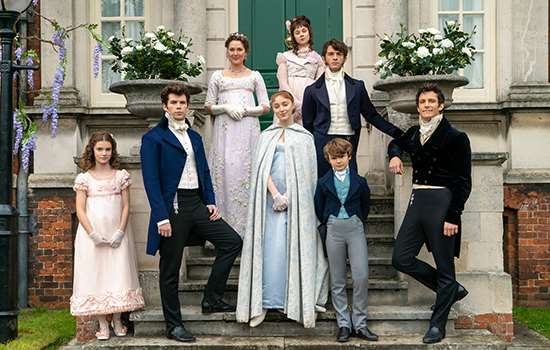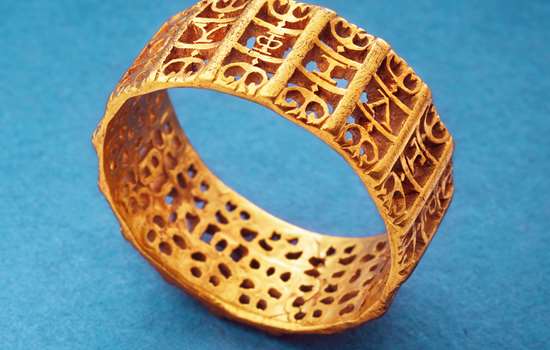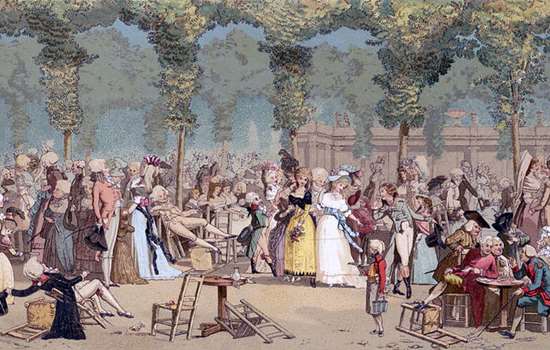-

Visiting Bridgerton filming locations
Visit Ranger's House in London and Wrest Park in Bedfordshire to walk in the footsteps of your favourite Bridgerton characters.
-

7 romantic objects from English Heritage sites
Take a look at these gorgeous, romantic historical objects from around our sites to see how love has inspired people throughout history.
-

More about the Georgians
From female figures of the Regency to the invention of the wellington boot, there's lots more to discover about this fascinationg period in England's history.